Creating a visually appealing floral arrangement involves more than just selecting beautiful flowers. Balancing color and texture is key to crafting a dynamic and harmonious design that captivates the eye and enhances any space. Here are some tips to help you achieve balance in your floral arrangements:
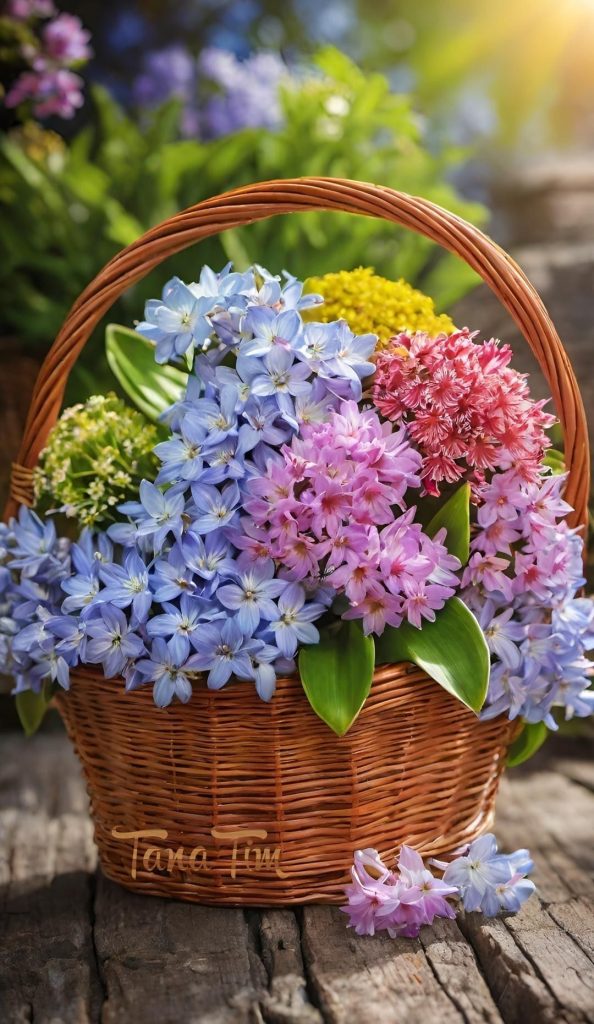
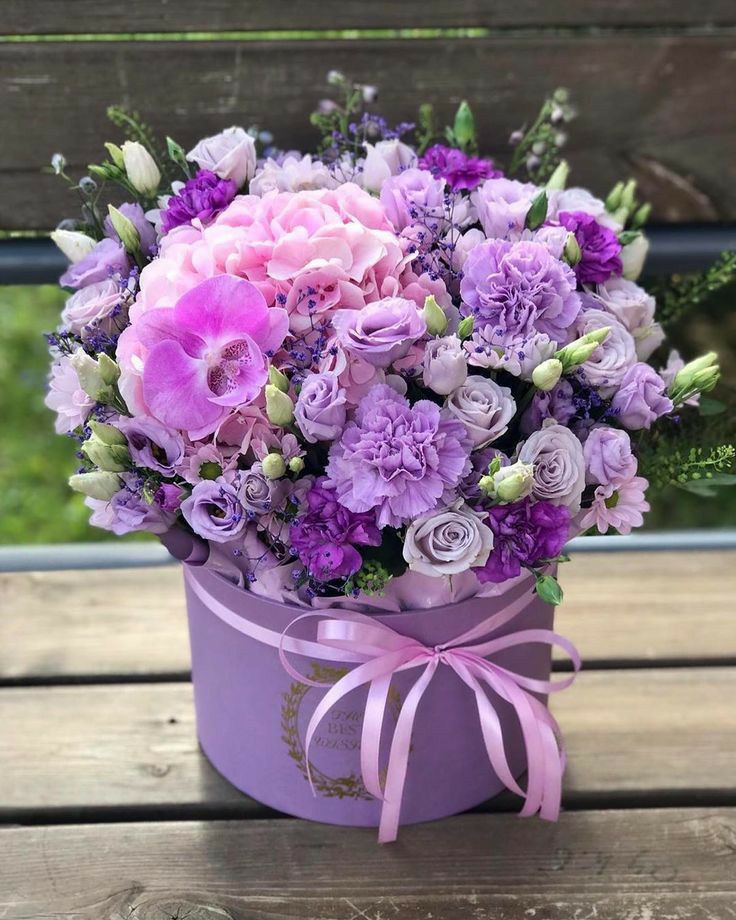
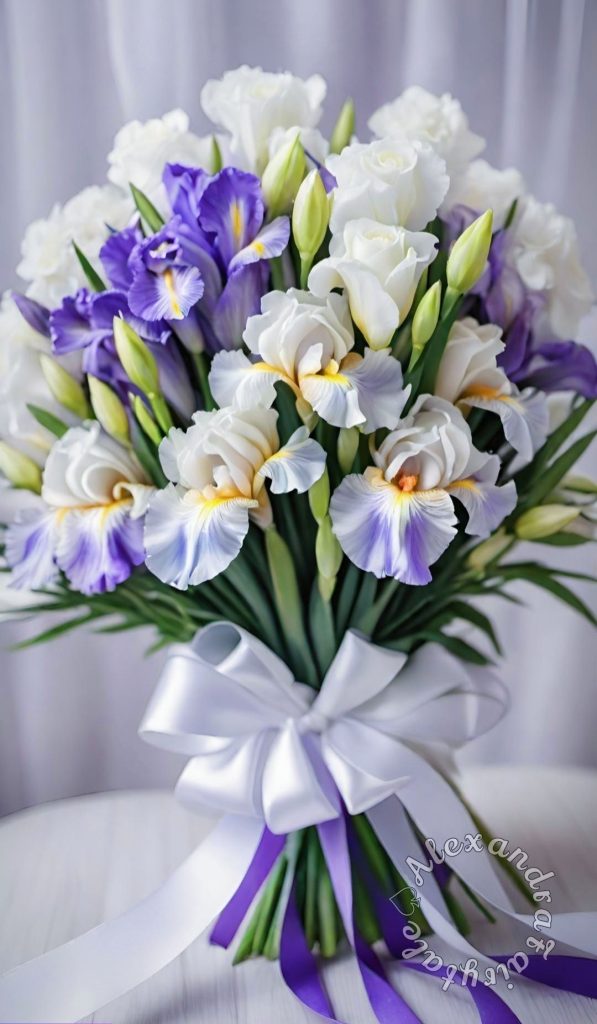
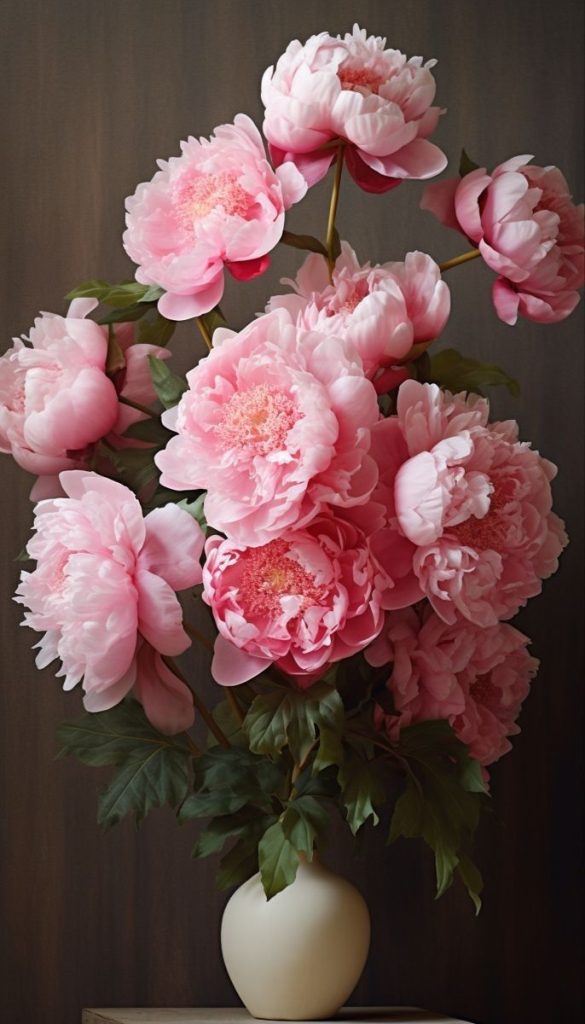
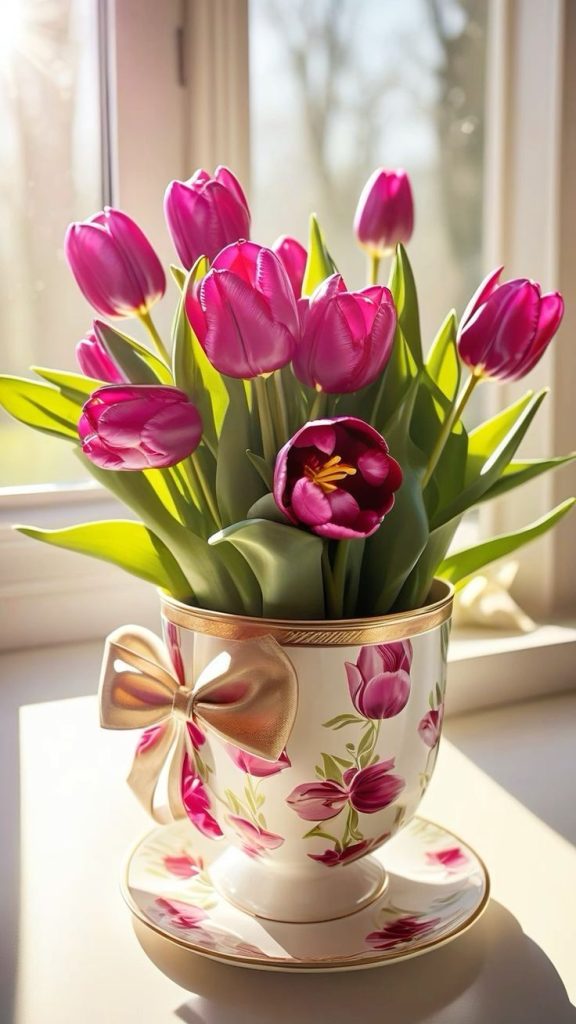
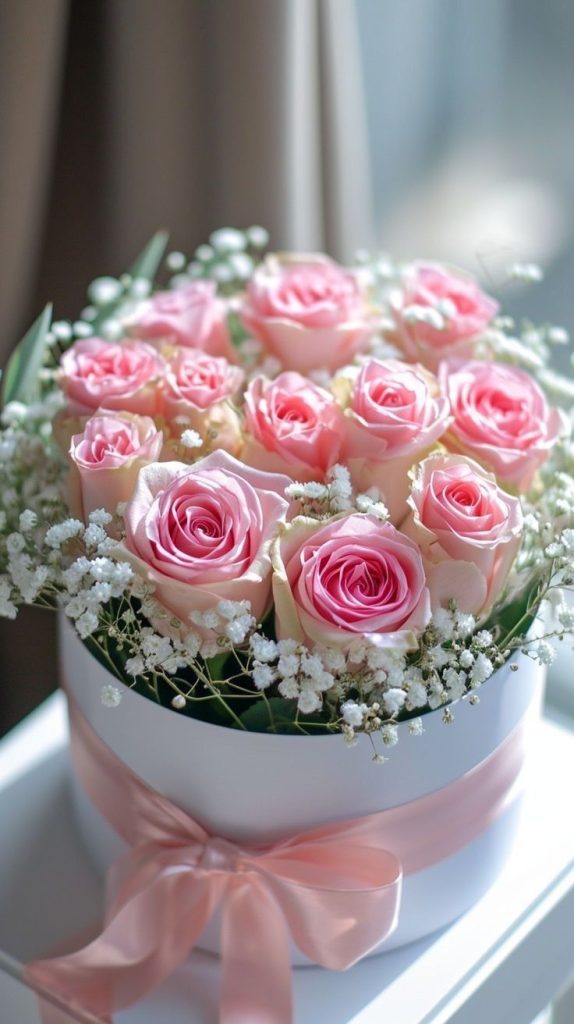
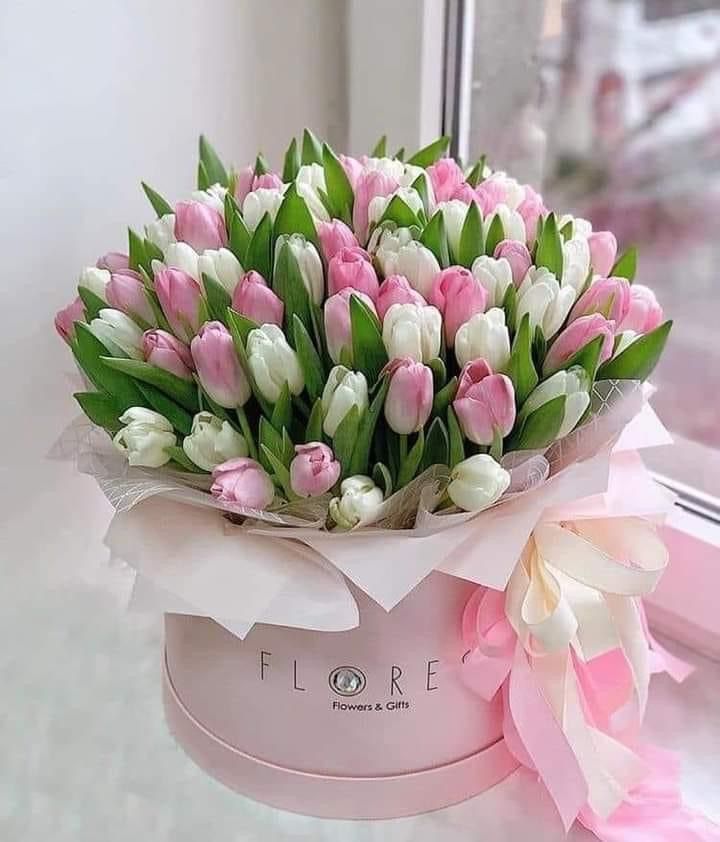
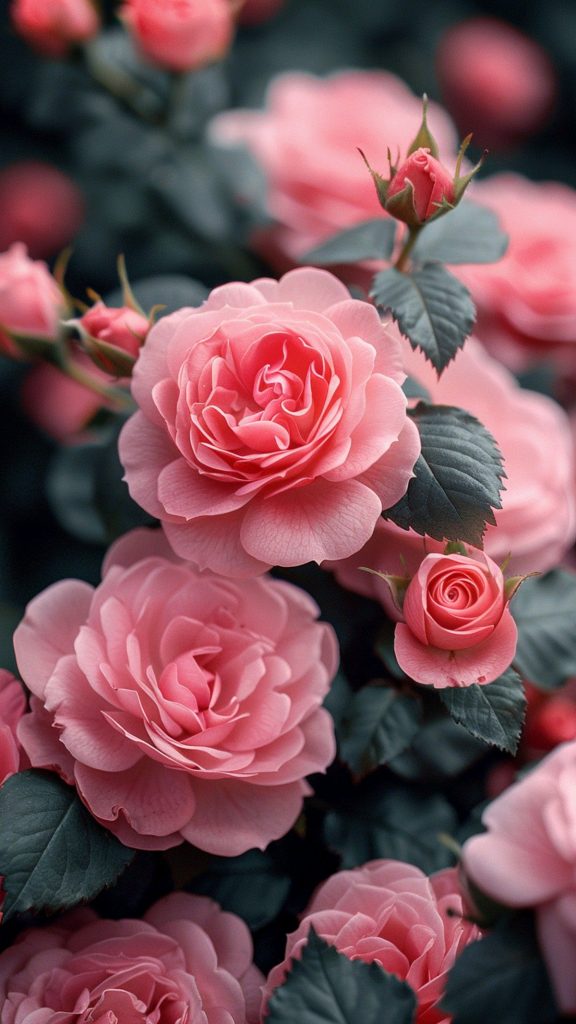
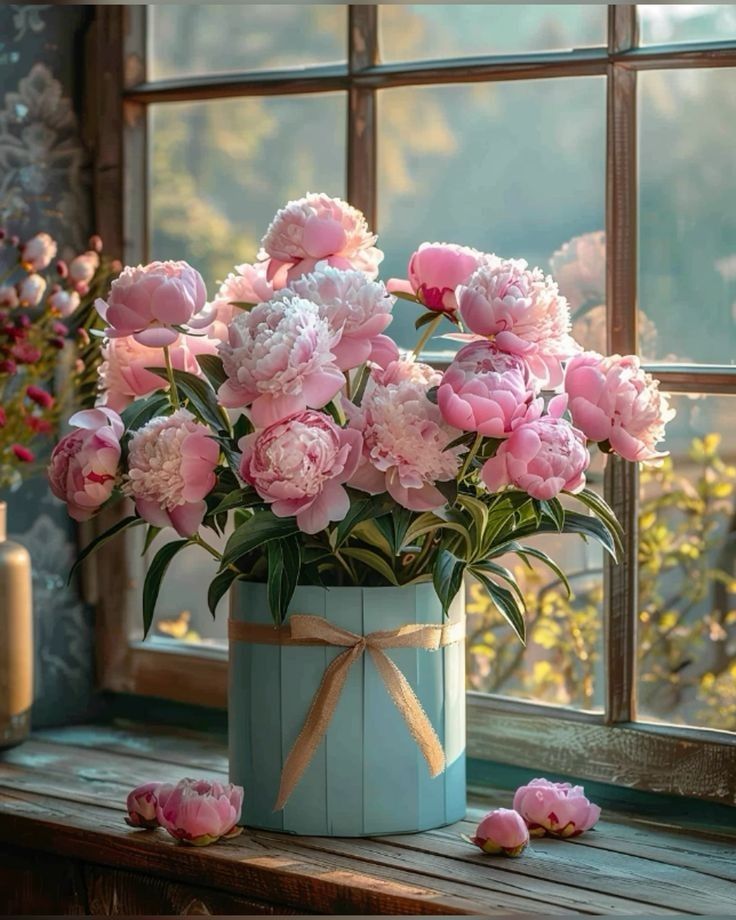
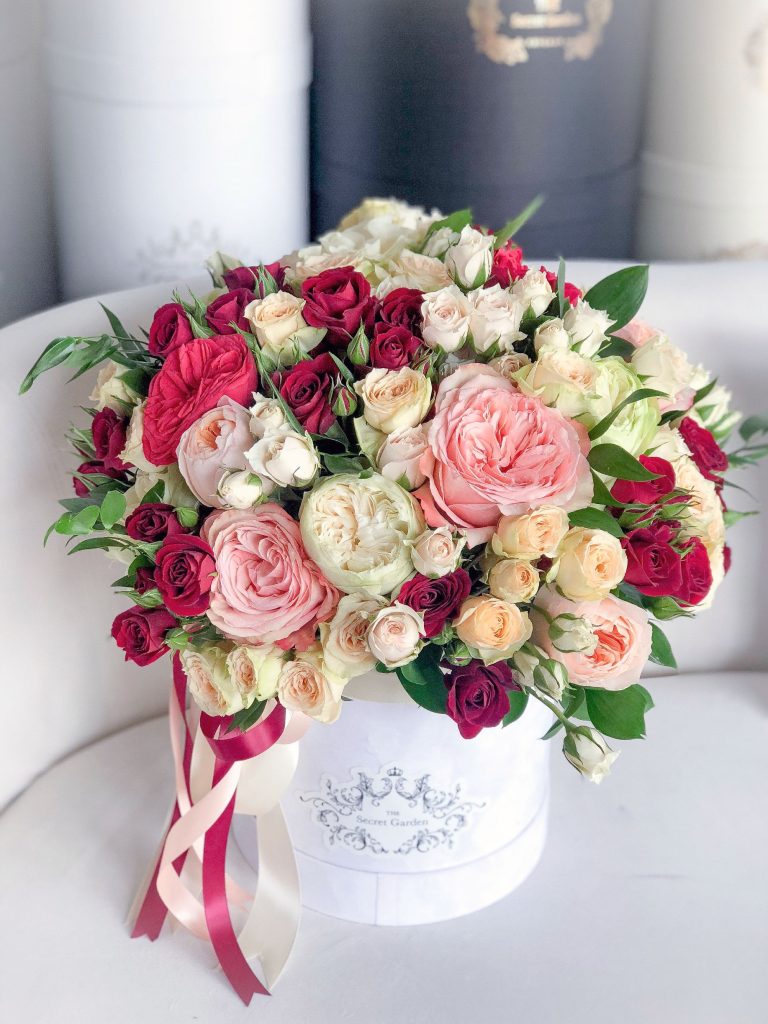
1. Understand Color Theory:
- Color Wheel: Familiarize yourself with the color wheel and the principles of color harmony. Experiment with analogous colors (those next to each other on the wheel), complementary colors (opposites on the wheel), and triadic colors (equally spaced around the wheel) to create pleasing color combinations.
- Consider the Mood: Different colors evoke different emotions and moods. Warm colors like reds, oranges, and yellows create a sense of energy and warmth, while cool colors like blues, greens, and purples evoke calm and tranquility. Choose colors that complement the mood and theme of your arrangement and the space it will inhabit.
2. Layer Textures:
- Mix and Match: Incorporate a variety of textures into your arrangement to add depth and visual interest. Combine smooth, glossy petals with fuzzy foliage, delicate blooms with sturdy branches, and airy fillers with dense accents to create contrast and dimension.
- Contrast Textures: Pair contrasting textures to create a dynamic and balanced composition. Mix soft, velvety petals with spiky leaves, or delicate blossoms with rough, textured branches to create visual intrigue and tactile interest.
3. Play with Proportion:
- Scale and Proportion: Consider the scale and proportion of your flowers and foliage in relation to the size and shape of your container and the space it will occupy. Use larger focal flowers as anchors and fillers to create a sense of balance and harmony within the arrangement.
- Create Movement: Arrange flowers and foliage in varying heights and angles to create movement and flow within the arrangement. Use tall stems to draw the eye upward and shorter blooms to fill in the space and provide balance.
4. Pay Attention to Color Distribution:
- Balance Colors: Distribute colors evenly throughout the arrangement to create balance and cohesion. Avoid clustering similar colors together and instead intersperse them throughout the design to create a harmonious color palette that flows seamlessly from one bloom to the next.
- Create Visual Flow: Arrange flowers and foliage in a way that creates a sense of visual flow and movement within the arrangement. Use color gradients to transition smoothly from one hue to the next, guiding the viewer’s eye across the design and creating a cohesive and pleasing composition.
5. Experiment and Trust Your Instincts:
- Be Bold: Don’t be afraid to experiment with color and texture and trust your instincts as a designer. Play with unconventional color combinations, mix unexpected textures, and embrace asymmetry to create arrangements that are truly unique and expressive.
- Practice and Refine: Floral design is an art form that requires practice and refinement. Take the time to experiment with different flowers, colors, and textures, and don’t be discouraged by setbacks. With time and experience, you’ll develop a keen eye for balance and create arrangements that are as beautiful as they are balanced.
Conclusion:
Balancing color and texture in floral design is both an art and a science. By understanding the principles of color theory, layering textures, playing with proportion, paying attention to color distribution, and trusting your instincts, you can create stunning floral arrangements that are visually striking, harmonious, and memorable. So let your creativity bloom, and explore the endless possibilities of color and texture in your next floral masterpiece.